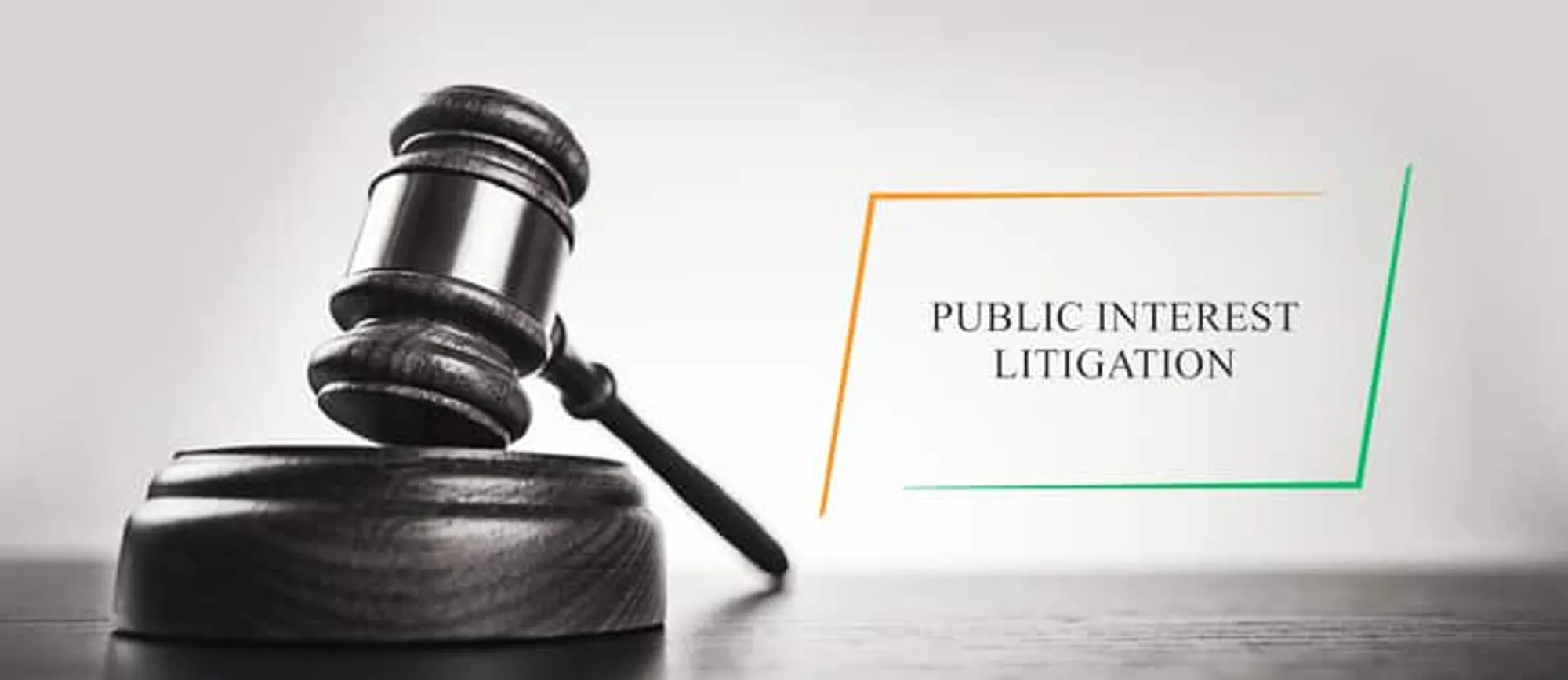The word PIL has come to symbolise an alert, curious, questioning society, over a period of time. It signifies the right that individuals possess to question various events & norms that take place in society.
The Indian Law defines Public Interest Litigation (PIL) as ‘proceedings in the court of law to safeguard the public interest’. It is a court case filed by the court itself or any private party to bring the issues concerning the broad public interest forward.
- When filing a PIL, the person may or may not have a direct interest in the dispute.
- Any individual can file a PIL given that it is being done public interest. A case of this kind occurs when the aggrieved party is not well equipped with the necessary resources to file litigation, or he is deprived of the freedom to do so.
- The court then can take the matter into its own hands and proceeds on its own. It is also possible that the court commences when an application is filed by an altruistic person.
A PIL can be submitted for issues concerning various aspects of public interest such as terrorism, pollution, road safety, constructional threats, etc.
The primary focus of Public Interest Litigation is to act against:

- breach of fundamental human rights and religious rights
- reform the matter and administration of government policy
- coerce the municipal authorities to execute a public task
- empower the minorities and the oppressed
- gather attention for untried communal issues
How do you file Public Interest Litigation?
The process involved in filing a PIL is as follows:
- Be well-versed with all the necessary details regarding the case and make a well-informed decision.
- Confer with all the aggrieved parties that can be possible supporters.
- Be cautious while submitting a PIL application as it can be expensive, time-consuming, and it affects public at large.
- Once sure about the decision,
- work on gathering all the crucial information.
- thoroughly validate the information in hand and maintain a duplicate and an original copy of the physical evidence wherever possible.
- keep the negatives safe when using photographs. Also, take the affidavit from the photographer.
- retain all the bills.
- clearly, state the demands and requirements of the application to be submitted to appropriate authority.
- maintain the case related records in properly.
- appoint a skilled lawyer or if you wish to manage the situation on your own then take legal guidance in drafting the case.
- issue an official notice to the authorized as well as involved parties before moving further to file a PIL.
- issue a formal notice to the officer of the concerned division at least two months before filing PIL against the government.
- A Public Interest Litigation can be submitted in:
- High Court: In this case, two copies of the application have to be lodged with the court. A copy of the same is needed to be sent to the opposing party in advance. Remember a proof of this action is to be attached to the petition.
- Supreme Court: In this case, five copies of the application have to be filed with the court. A copy of the appeal is sent to the opposing party only after the issuance of the notice.
- The course of the case for a PIL is not any different from that of an ordinary case. However, a judge may hire a commissioner in between the trial to look over the accusations.
- After all the formalities are met, the final proceedings take place.

